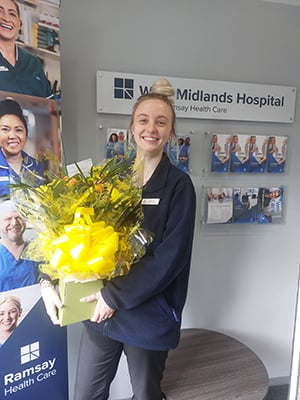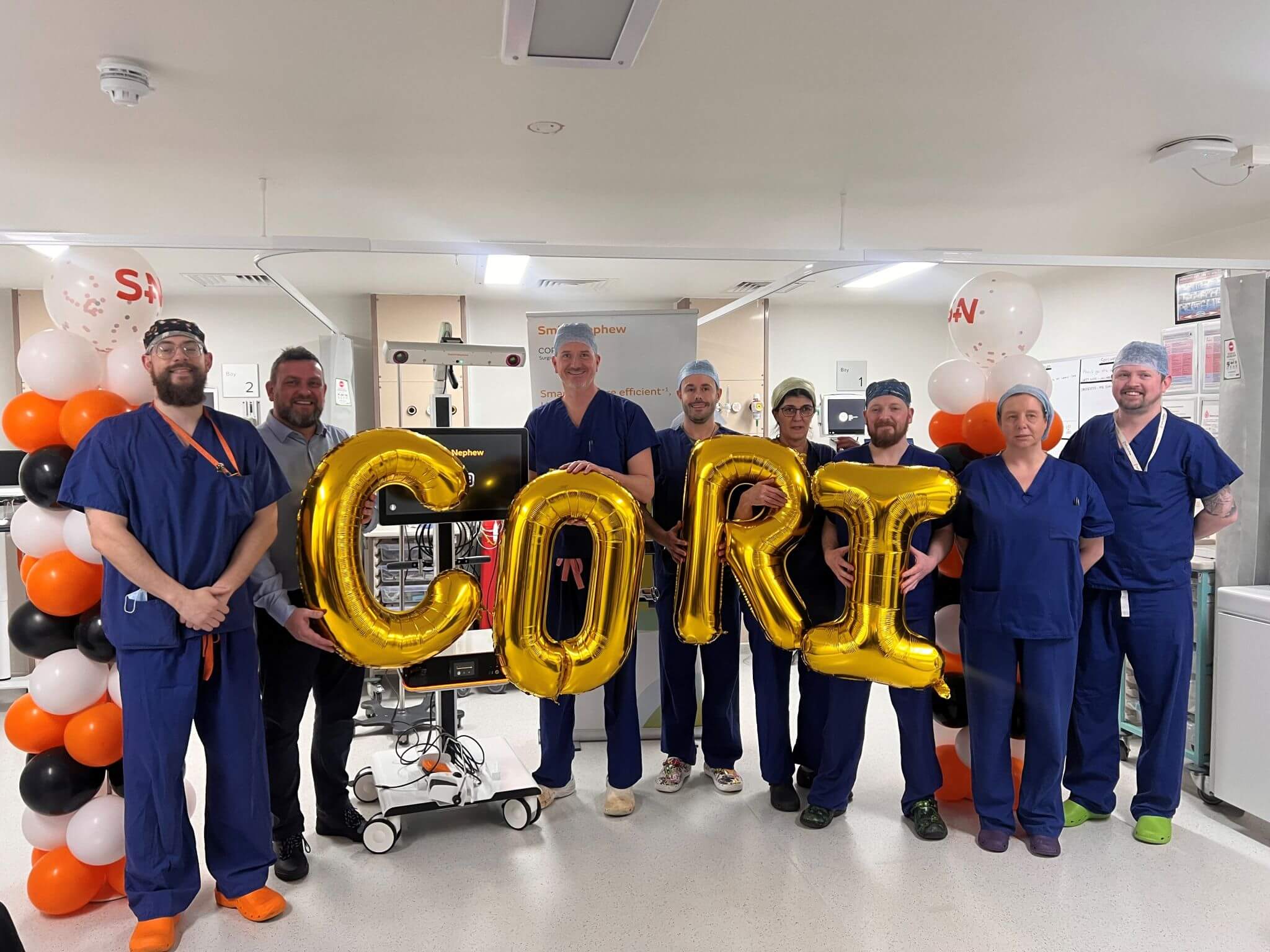West Midlands Hospital Specialists
-
Mr Sujit Agarwal
Mr Sujit Agarwal is a Consultant Trauma & Orthopaedic Surgeon in Halesowen, West Midlands
Read more -
Mr Mushtaq Ahmed
Mr Ahmed is a Consultant Orthopaedic surgeon in the West Midlands, specialising in Sports injuries, Arthroscopic Knee Surgery and treatment of lower back pain
Read more -
Mr Tanweer Ashraf
Mr Tanweer Ashraf is a Consultant Orthopaedic Surgeon, specialising in Knee Surgery in the West Midlands
Read more -
Mr Rajeev Bansal
Mr R Bansal is a Consultant Orthopaedic Surgeon in Halesowen, West Midlands who specialises in shoulder and elbow surgery.
Read more -
Mr Muhammad Sohail Butt
Mr Sohail Butt is a Consultant Orthopaedic Surgeon in the West Midlands and Birmingham, specialising in shoulder, elbow, hand and wrist surgery
Read more -
Mr Fouad Chaudhry
Mr Fouad Chaudhry is a Consultant Trauma and Orthopaedic Surgeon in the West Midlands specialising in hip and knee surgery
Read more -
Mr Kishore Kumar Dasari
Mr Kishore Dasari is a Consultant Orthopaedic Surgeon specialising in foot and ankle surgery, working in West Midlands.
Read more -
Professor Edward Davis
Professor Davis is a Consultant Orthopaedic Surgeon in Stourbridge and the West Midlands, specialising in hip and knee surgery
Read more -
Mr Kenan Dehne
Mr Kenan Dehne is a Consultant Orthopaedic Surgeon in the West Midlands, specialising in Hip and Knee Surgery
Read more -
Mr Kowshik Jain
Mr Kowshik Jain is a Consultant Orthopedic Surgeon in the West Midlands who specialises in Foot and Ankle Surgery
Read more -
Mr Edward Laugharne
Mr Edward Laugharne is a Consultant Orthopaedic Surgeon in Halesowen, West Midlands who specialises in hip and knee replacement surgery)
Read more -
Mr Andraay Leung
Mr Leung is a Consultant Orthopaedic Spinal Surgeon in the West Midlands.
Read more -
Mr Sabur Malek
Mr Sabur Malek is a Consultant Orthopaedic Surgeon in the West Midlands who specialise in Hip and Knee Surgery
Read more -
Mr Alastair John Niall Marsh
Mr Alastair John Niall Marsh is a Consultant Orthopaedic Surgeon in the West Midlands, specialising in Foot and Ankle Surgery.
Read more -
Mr Vishal Paringe
Mr Vishal Paringe is a Consultant Orthopaedic Surgeon, specialising in Hip and Knee Surgery
Read more -
Mr Qutub Qadri
Mr Qutub Qadri is a Consultant Orthopaedic Surgeon specialising in hip, knee, foot and ankle, working in the West Midlands.
Read more -
Mr Sohail Quraishi
Mr Sohail Quraishi is a Consultant Orthopaedic Surgeon in the West Midlands who specialises in hip and knee surgery.
Read more -
Mr Maneesh Sinha
Mr Maneesh Sinha is an Orthopaedic Consultant in the West Midlands specialising in upper limb surgery
Read more -
Mr Manoj Veettil
Mr Manoj M Veettil is a Trauma & Orthopaedics Consultant in the West Midlands who specialises in Hip and Knee surgery
Read more -
Mr Matthew Waites
Mr Matthew Waites is a Consultant Orthopaedic surgeon in the West Midlands who specialises in Hip and Knee surgery
Read more


